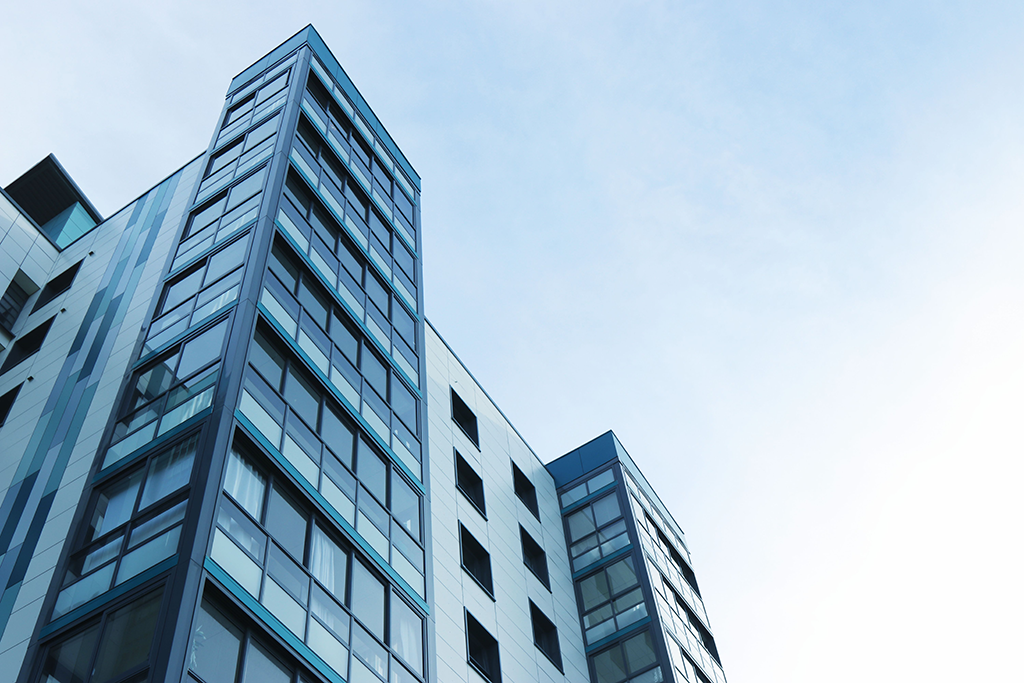Avison Young’s Top CRE Trends for 2020

A global forecast, combined with local market reports, are providing commercial real estate owners and occupiers with information on how those trends can impact their investments in the year ahead. Avison Young’s global report also provides perspectives for property owners and occupiers on how global events, trends and indicators could impact commercial real estate this year. While the report notes there is still uncertainty around the world, the forecast reveals there are investment opportunities across all sectors that are being driven by low interest rates as well as economic, geopolitical and other issues driving demand.
Nick Axford, global head of research for Avison Young, told Commercial Property Executive that volumes in 2020 may not be as high as in recent years but the “market still has potential to grow.”
It should not be a surprise that the top trend on Avison Young’s list for 2020 is “lower for longer”—a look at how investors are dealing with a low-inflation, low-interest rate world that is expected to continue keeping capital flowing despite some uncertainties as the real estate market cycle enters its second decade. “We don’t anticipate major downturn in the economy, so income from real estate should hold up. Equally, we don’t anticipate a big surge in growth or inflation, so interest rates are likely to stay low,” Axford told CPE.
Axford said he expects to see continued demand from investors attracted to the combination of income and capital growth potential and capital protection.
He pointed to some of the world’s major countries like the U.S., where he said the strong labor market is supporting market stability, and Canada, where the market is buoyed by solid fundamentals. The 16-page forecast links to market reports for the U.S., Canada, Germany, Mexico, South Korea and the U.K.
The U.S. report also addresses the strong labor market and states it is supporting consumer and business spending, which benefits many areas of real estate. The positive momentum in the U.S. commercial real estate market is expected to continue this year, resulting in continued healthy occupancy levels and rent growth across most markets. It notes that within the 47 U.S. major markets tracked by Avison Young, office and industrial sectors saw positive occupancy growth of 200 million square feet. While industrial construction remained flat at the end of 2019 at 235 million square, 30 percent of what was being built was preleased. Office construction increased in 2019 with 113 million square feet in development at the year with 45 percent preleased. “Many U.S. markets are reporting preleasing greater than 50 percent of product currently underway, evidence of strong tenant demand for new space,” Jennifer Vaux, vice president, research, Northern California, told CPE.
Looking ahead, Vaux said Avison Young is forecasting the overall investment volume in the U.S. to be slightly down this year due to concerns over political uncertainties. “However, the past few years have seen strong investment numbers across the U.S. so any slowing of pace in investment should not be interpreted as a sign of any looming downturn, just an adjustment in market activity,” Vaux said.
The U.S. forecast notes that despite the uncertainty over the upcoming presidential election and trade disputes, “the U.S. commercial market should hold its own, with conditions largely continuing to favor landlords.”
Talking trends
Another top trend for this year addressed by the global 2020 forecast is labeled “Power to the people” and notes that landlords, developers and occupiers need to pay increasing attention to local political activism because “today’s street protests increasingly signal tomorrow’s policy initiatives.” The report cites growing rent control legislation in U.S. markets such as New York City and notes London’s mayor plans to make rent control a cornerstone of his 2020 re-election platform.
Climate change is another issue that is gaining steam on local levels in the U.S. as well as cities like Paris and Canberra, Australia, where governments are setting 100 percent renewable levels city-wide. Other cities like Boston and Sydney plan to be climate or carbon neutral by 2050. Climate change also figures into one of the other top trends, “Building resilience,” which notes that cities across the world are responding to climate change to ensure sustainability and it is impact the built environment.
Avison Young’s other 2020 trends are:
- (De)globalization—the pace of globalization is slowing, and in some areas is starting to reverse as nearshoring and the localization of supply chains gain momentum;
- (Place) making an impact—placemaking is becoming the focus of socially responsible investors looking for impact investment opportunities;
- Rebirth of retail—experiential retail is incorporating digital and mobile technologies such as virtual and augmented reality and social media platforms;
- Let’s talk about flex—flexible offices are here to stay and will remain one of the hottest CRE growth areas in 2020;
- AI—use of augmented intelligence may find you sharing workspace with a cobot, a collaborative robot;
- Wishing well—wellness is the new front in the war for talent and buildings have a huge part to play in supporting companies’ efforts to look after staff;
- Heavy lifting—logistics is a labor-intensive business and is facing staff shortage challenges;
- Future growth—policy changes about legalizing cannabis could present real estate opportunities in 2020.
Wait! Don’t miss out on the latest insights
Sign up for Saschse Construction’s
e-newsletter below!
Featured Topics
BUSINESS
INDUSTRY NEWS
Investment
National

